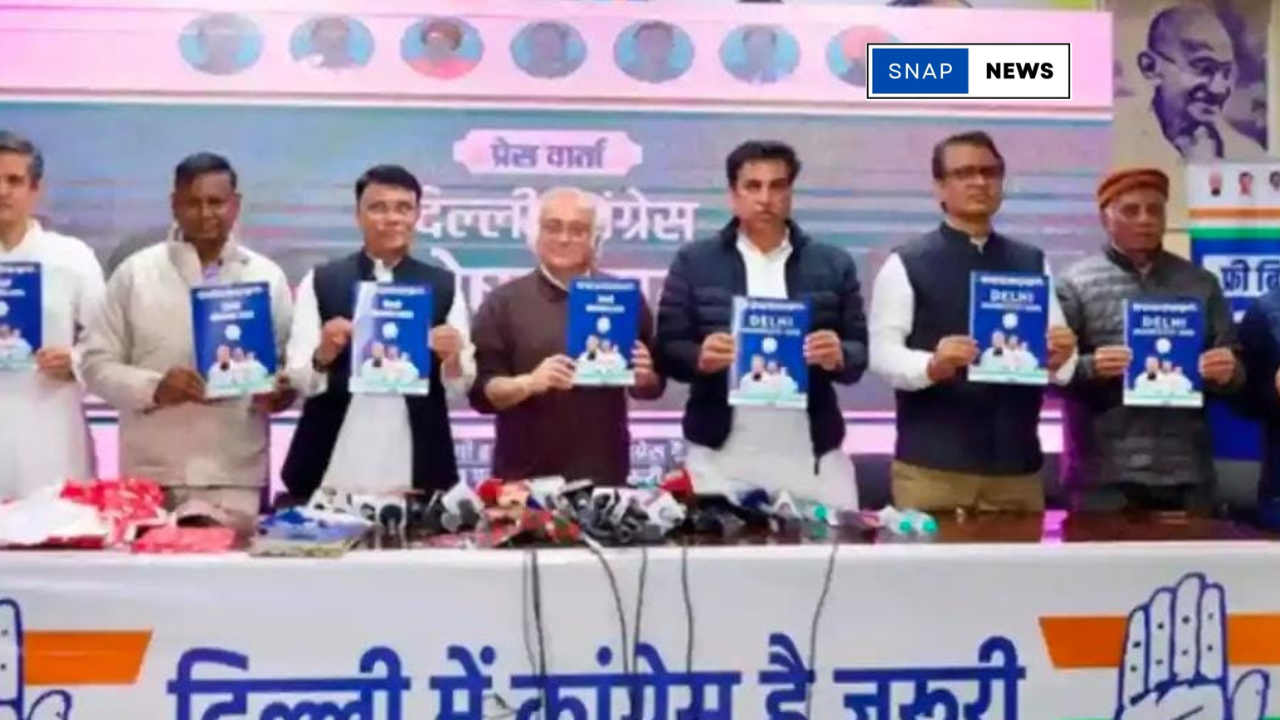IndusInd Bank Share Price Under Pressure: Expert Insights and Strategic Outlook
The share price of IndusInd Bank has been on a turbulent path recently, raising concerns among investors. Over the past month, the stock has seen a decline of over 10%, with a drop of 12.5% in the past three months alone. Market experts have attributed this decline to factors including concerns over asset quality, net interest margins, and regulatory scrutiny, which are weighing heavily on investor sentiment.

Current Market Scenario
According to a report by The Hindu BusinessLine, one of the primary reasons for the dip in IndusInd Bank‘s stock is the growing apprehension surrounding its asset quality. Rising slippages, or overdue loans that are at risk of default, coupled with a reduction in net interest margins, have led to a weaker performance in recent quarters. This trend reflects the larger challenges facing India’s banking sector, where both private and public players are grappling with increased competition and changing interest rate dynamics.
Expert Analysis on IndusInd Bank’s Short-Term Outlook
In an interview with The Economic Times, well-known market analyst Sandip Sabharwal discussed the broader banking sector and suggested that only banks with strong fundamentals are likely to withstand these challenges. While cautioning investors, he emphasized the importance of selecting quality stocks with resilient balance sheets. Sabharwal noted that some banks may face short-term setbacks, but those with robust management and a diversified portfolio, like IndusInd Bank, are better positioned for recovery.
Key Challenges Facing IndusInd Bank
Analysts have identified three primary challenges that may continue to impact IndusInd Bank’s performance in the near term:
- Asset Quality Concerns: The bank’s asset quality has been under scrutiny due to rising non-performing assets (NPAs). IndusInd Bank’s slippages reflect underlying pressures within the economy and credit market, which have raised investor anxiety.
- Declining Net Interest Margins: Competitive pressures, coupled with fluctuating interest rates, have resulted in lower net interest margins for the bank. This decline impacts profitability and limits the bank’s flexibility to absorb losses from bad loans.
- Regulatory Scrutiny: Like other major banks, IndusInd is under the watchful eye of regulatory bodies, with additional compliance measures potentially affecting growth. Regulatory restrictions may slow down certain initiatives, posing hurdles for short-term expansion.
Strategic Initiatives for Future Growth
Despite these challenges, IndusInd Bank has embarked on several strategic initiatives to address these issues and strengthen its market position:
- Digital Transformation: A significant investment in digital technology is part of the bank’s strategy to enhance the customer experience, streamline operations, and reduce costs. This shift toward digital platforms aims to drive customer engagement and improve service efficiency, ultimately supporting sustainable growth.
- Business Diversification: IndusInd Bank has broadened its portfolio to include services in insurance, asset management, and wealth management. Expanding beyond traditional banking products not only diversifies revenue streams but also positions the bank as a versatile player in the financial sector.
- Asset Quality Improvement: With a proactive approach to risk management, the bank has reinforced its credit underwriting and recovery mechanisms. These efforts are directed at minimizing future slippages and improving overall asset quality, thus providing a more stable foundation for growth.
Leadership and Governance
Under the leadership of CEO Sumant Kathpalia, IndusInd Bank’s management team has remained focused on long-term strategic goals. Kathpalia’s experience and the bank’s skilled board of directors contribute to strong governance, with each decision supported by a vision for sustainable growth and risk management. This approach has helped the bank navigate through challenging market conditions and set a course for future stability.
Financial Performance Amid Challenges
While recent challenges have impacted its financial performance, IndusInd Bank has managed to maintain profitability. In the quarter ending June 2024, the bank reported a net profit of ₹1,361 crore, representing a 10% year-over-year decline. This dip reflects the bank’s response to the macroeconomic headwinds impacting the sector but also demonstrates its resilience given the circumstances.
Analysts’ Views on Long-Term Potential
Market experts remain cautiously optimistic about IndusInd Bank’s prospects, citing the bank’s strategic initiatives and diversified business model as factors that could enhance long-term growth.
“IndusInd Bank’s emphasis on digital transformation, diversification, and proactive asset management is likely to support growth and profitability in the long term.” – Sandip Sabharwal, Market Expert
“Strong leadership and governance give confidence in the bank’s ability to navigate short-term obstacles.” – Suresh Ganapathy, Analyst, Macquarie Securities
Future Outlook and Valuation
Despite short-term headwinds, the long-term outlook for IndusInd Bank remains positive. With a solid franchise, diversified offerings, and a clear commitment to addressing asset quality concerns, the bank has laid the groundwork for sustainable growth. Investors with a long-term horizon may find current valuations attractive, as IndusInd Bank’s forward-looking strategies and balanced portfolio make it a contender for future gains.
Conclusion
In the short term, IndusInd Bank’s share price may continue to experience pressure due to asset quality issues and declining net interest margins. However, the bank’s investment in digital transformation, diversification into non-banking financial services, and focus on asset quality improvement indicate a strong commitment to overcoming these challenges. Supported by skilled leadership and prudent governance, IndusInd Bank stands well-positioned to navigate the present and seize growth opportunities in the future. For long-term investors, these factors present a case for considering the stock, especially as the bank works toward its strategic goals.
FAQs
Q: What are the major challenges affecting IndusInd Bank’s share price?
A: The primary challenges include concerns over asset quality, declining net interest margins, and regulatory scrutiny, which have contributed to recent price volatility.
Q: How is IndusInd Bank responding to these challenges?
A: The bank has launched initiatives focused on digital transformation, business diversification, and asset quality improvement to build a stronger foundation for growth.
Q: What is the outlook for IndusInd Bank’s stock in the long term?
A: Despite short-term challenges, the long-term outlook remains positive, driven by strategic initiatives, strong leadership, and a diversified portfolio.













